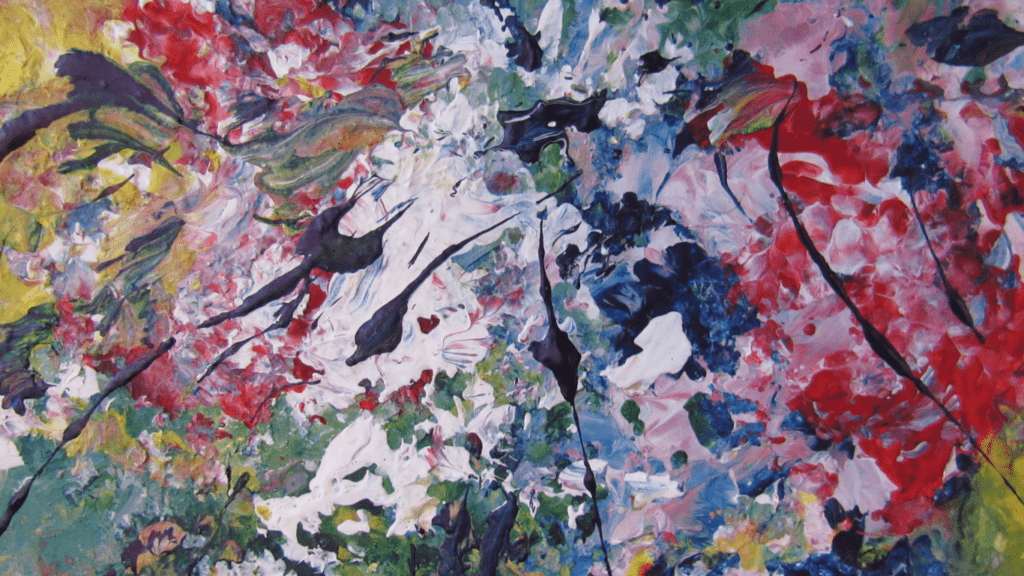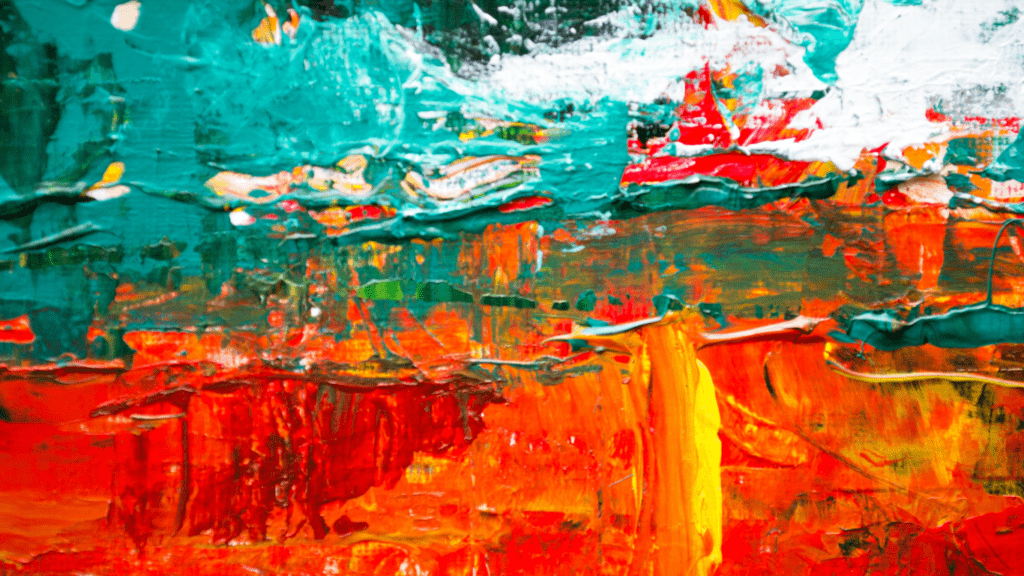Why Abstract Expressionism Still Shapes Modern Art Today
Breaking Rules and Redefining Art Abstract Expressionism wasn’t just a new look it was a rebellion. These artists didn’t want to paint pretty pictures or follow neat rules. They wanted freedom. They wanted to dump raw emotion onto the canvas […]
Why Abstract Expressionism Still Shapes Modern Art Today Read More »









